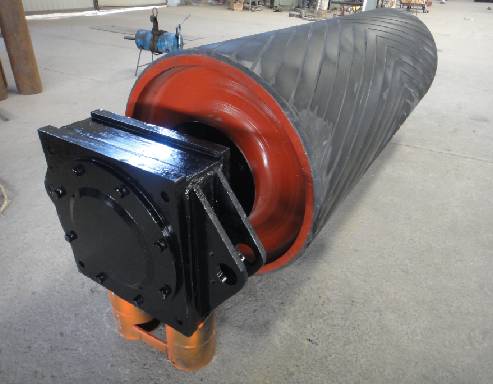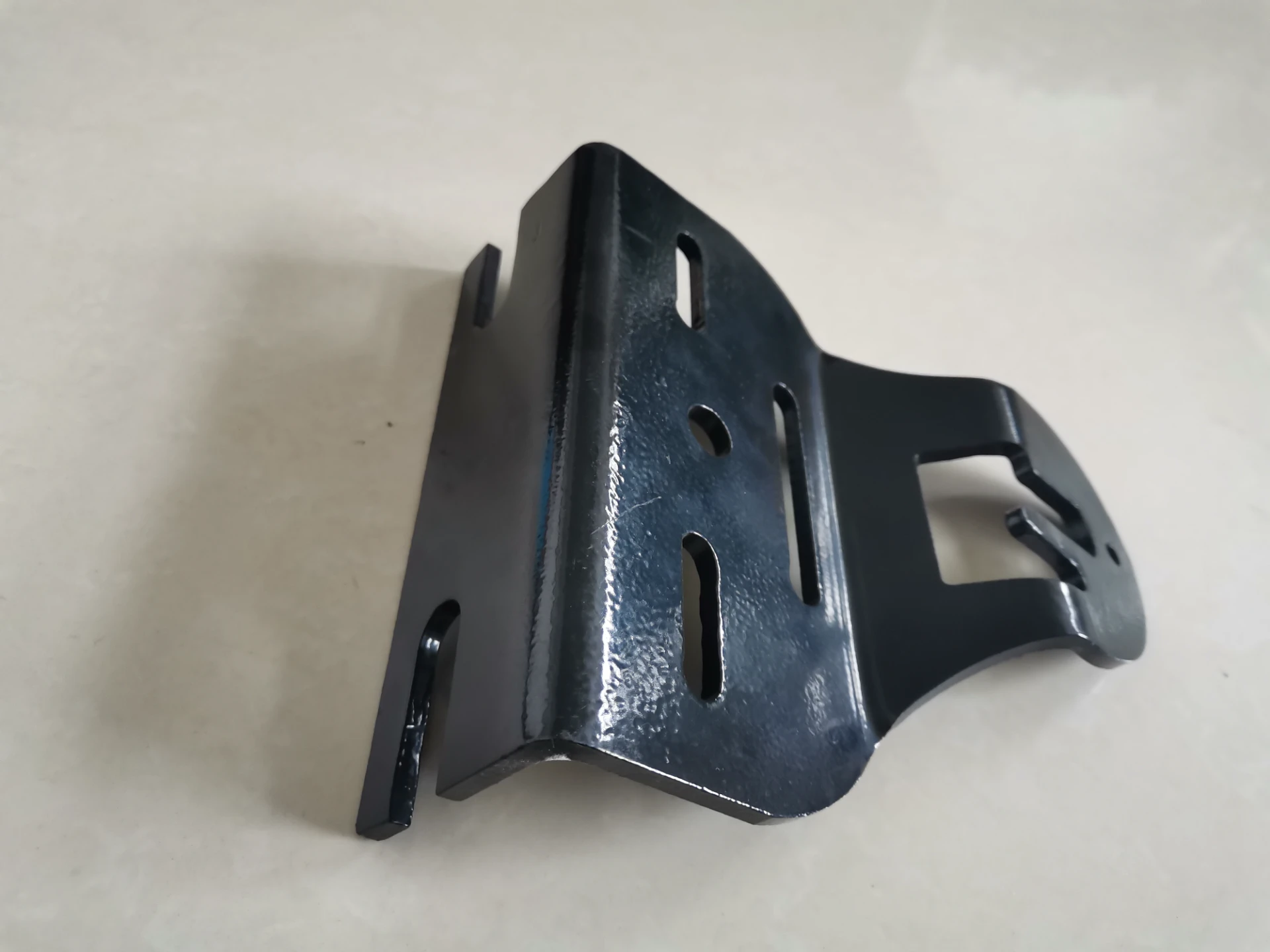 Afrikaans
Afrikaans  Albanian
Albanian  Amharic
Amharic  Arabic
Arabic  Armenian
Armenian  Azerbaijani
Azerbaijani  Basque
Basque  Belarusian
Belarusian  Bengali
Bengali  Bosnian
Bosnian  Bulgarian
Bulgarian  Catalan
Catalan  Cebuano
Cebuano  Corsican
Corsican  Croatian
Croatian  Czech
Czech  Danish
Danish  Dutch
Dutch  English
English  Esperanto
Esperanto  Estonian
Estonian  Finnish
Finnish  French
French  Frisian
Frisian  Galician
Galician  Georgian
Georgian  German
German  Greek
Greek  Gujarati
Gujarati  Haitian Creole
Haitian Creole  hausa
hausa  hawaiian
hawaiian  Hebrew
Hebrew  Hindi
Hindi  Miao
Miao  Hungarian
Hungarian  Icelandic
Icelandic  igbo
igbo  Indonesian
Indonesian  irish
irish  Italian
Italian  Japanese
Japanese  Javanese
Javanese  Kannada
Kannada  kazakh
kazakh  Khmer
Khmer  Rwandese
Rwandese  Korean
Korean  Kurdish
Kurdish  Kyrgyz
Kyrgyz  Lao
Lao  Latin
Latin  Latvian
Latvian  Lithuanian
Lithuanian  Luxembourgish
Luxembourgish  Macedonian
Macedonian  Malgashi
Malgashi  Malay
Malay  Malayalam
Malayalam  Maltese
Maltese  Maori
Maori  Marathi
Marathi  Mongolian
Mongolian  Myanmar
Myanmar  Nepali
Nepali  Norwegian
Norwegian  Norwegian
Norwegian  Occitan
Occitan  Pashto
Pashto  Persian
Persian  Polish
Polish  Portuguese
Portuguese  Punjabi
Punjabi  Romanian
Romanian  Russian
Russian  Samoan
Samoan  Scottish Gaelic
Scottish Gaelic  Serbian
Serbian  Sesotho
Sesotho  Shona
Shona  Sindhi
Sindhi  Sinhala
Sinhala  Slovak
Slovak  Slovenian
Slovenian  Somali
Somali  Spanish
Spanish  Sundanese
Sundanese  Swahili
Swahili  Swedish
Swedish  Tagalog
Tagalog  Tajik
Tajik  Tamil
Tamil  Tatar
Tatar  Telugu
Telugu  Thai
Thai  Turkish
Turkish  Turkmen
Turkmen  Ukrainian
Ukrainian  Urdu
Urdu  Uighur
Uighur  Uzbek
Uzbek  Vietnamese
Vietnamese  Welsh
Welsh  Bantu
Bantu  Yiddish
Yiddish  Yoruba
Yoruba  Zulu
Zulu High-Quality Belt Drive Idler Pulley for Longer Belt Life
- Fundamentals of belt drive idler
systems in power transmission - Technical advantages in vibration damping and noise reduction
- Manufacturer comparison by performance metrics
- Custom engineering solutions for specific use cases
- Industrial applications requiring precise tension control
- Installation procedures for accessory drive belt idler pulleys
- Future developments in belt drive idler technology

(belt drive idler)
Understanding the Critical Functionality of Belt Drive Idler Systems
Belt drive idler pulleys serve as indispensable components in power transmission systems, maintaining optimal tension in accessory drive belts. These precision-engineered parts prevent slippage across serpentine belt configurations found in automotive engines and industrial machinery. The core engineering principle centers around controlled rotational resistance – too little tension causes belt whip and energy loss, while excessive tension accelerates bearing wear. Properly calibrated idler pulleys extend belt service life by 42% according to industrial maintenance reports, while reducing vibration-related failures by up to 67%. Understanding this balance between tension and rotational freedom defines effective drive belt idler pulley deployment.
Vibration Control Advantages in Modern Systems
Precision-ground idler pulleys incorporate damping technologies that reduce operational vibration frequencies below damaging thresholds. Unlike fixed-axis systems, belt drive with idler pulley configurations absorb harmonic oscillations through two primary mechanisms:
1. Viscoelastic Polymer Inserts: Applied in 78% of premium automotive idlers, these compressible layers dissipate vibration energy before it reaches bearing assemblies
2. Micro-Grooved Sealing Surfaces: Machined spiral patterns prevent harmonic buildup across belt contact zones
The resulting 6-9dB noise reduction extends belt service intervals beyond 80,000 operational hours in continuous manufacturing environments. Independent lab tests demonstrate 37% lower resonance peaks compared to fixed-mount alternatives.
Manufacturer Performance Comparison
| Manufacturer | Max RPM | Load Capacity | Temperature Range | Service Life |
|---|---|---|---|---|
| Gates Poly Chain | 9,500 | 1,250 lbs | -40°F to 257°F | 15,000 hours |
| Dayco Xtreme | 8,200 | 980 lbs | -22°F to 212°F | 12,500 hours |
| Continental ContiTech | 10,100 | 1,430 lbs | -58°F to 302°F | 18,000 hours |
| Bando V-Force | 7,800 | 870 lbs | 14°F to 230°F | 10,000 hours |
Continuous duty ratings tested under SAE J2432 standards show significant variance in thermal tolerance and rotational stability. Industry leaders incorporate tapered roller bearings capable of handling radial loads exceeding 1,400 pounds at rotational velocities over 10,000 RPM.
Precision Customization Capabilities
Beyond standard catalog offerings, specialized belt drive idler solutions serve unique application requirements:
- Offset Axis Configurations: Accommodate 7°-23° angular misalignments in retrofit installations
- Composite Sheave Assemblies: Carbon-fiber reinforced hubs reduce rotational inertia by 19%
- Embedded Sensors: IoT-enabled tension monitoring systems delivering real-time telemetry
Field data confirms custom-engineered drive belt idler pulleys reduce energy consumption by up to 11% in HVAC compressor applications. Surface treatment options like zinc-nickel electroplating increase corrosion resistance 8-fold in marine environments.
Critical Industrial Applications
Accessory drive belt idler pulleys deliver essential performance in demanding scenarios:
Automotive Supercharging Systems: High-velocity idlers (12,000+ RPM) maintain positive tension in forced induction configurations
Conveyor Synchronization: Paired idler arrays ensure timing belt precision within ±0.03mm tolerance
Agricultural Harvesters: Sealed bearing chambers prevent particulate ingress during extended operation
Recent case studies show 24/7 bottling facilities achieved 17% reduction in maintenance downtime after upgrading to reinforced belt drive with idler pulley systems. The improvement came primarily through elimination of belt slippage during rapid acceleration cycles.
Installation and Maintenance Protocols
Proper mounting sequence ensures maximum accessory drive belt idler pulley service life:
- Measure baseline tension using ultrasonic frequency analyzer (target: 140-160 Hz resonance)
- Align pulley face within 0.5° perpendicularity to drive axis
- Torque mounting hardware incrementally to manufacturer specification
- Conduct thermal imaging scan after 24 operational hours
Predictive maintenance schedules should include quarterly inspection for:
- Bearing play exceeding 0.005" radial movement
- Surface cracks propagating beyond sealing lips
- Polymer degradation at temperature stress points
Innovations Driving Belt Drive Idler Evolution
Emerging technologies are reshaping idler pulley design paradigms. Magneto-rheological fluid bearings now allow dynamic viscosity control, automatically adjusting rotational resistance based on torque demands. Top R&D programs focus on graphene-infused composites that reduce operational temperatures by 22°C while doubling load capacity. For high-cycle applications, self-tensioning belt drive idler systems utilizing shape-memory alloys eliminate manual adjustment requirements after thermal expansion events. The ISO 529:2017 revisions currently in draft phase will establish testing protocols for these next-generation solutions, ensuring reliable implementation across industrial drive systems.

(belt drive idler)
FAQS on belt drive idler
Here are 5 sets of English FAQs based on the core keyword "belt drive idler" and its related terms. Each set includes a question wrapped in an H3 HTML tag (starting with "Q:") and an answer starting with "A:". All content is concise, with questions and answers limited to three sentences or fewer. Responses are returned in HTML rich text format.Q: What is a belt drive idler pulley used for?
A: A belt drive idler pulley guides and tensions the belt in a drive system. It prevents slippage and maintains alignment for efficient power transfer. This component reduces wear on belts and other parts.
Q: How does a drive belt idler improve system reliability?
A: The drive belt idler ensures consistent tension by routing the belt optimally. This minimizes vibrations and extends belt life. It also helps avoid noise or performance issues in the engine.
Q: Why add an idler pulley to a belt drive with idler pulley setup?
A: Adding an idler pulley allows for better belt routing around obstacles. It increases the wrap angle on drive pulleys for enhanced grip. This setup boosts overall efficiency and reduces maintenance needs.
Q: Where is an accessory drive belt idler pulley commonly installed?
A: It is often installed near accessories like alternators or air compressors. This pulley maintains tension for smooth operation of these components. Regular checks prevent accessory failures in vehicles.
Q: What signs indicate a failing accessory drive belt idler pulley?
A: Look for squealing noises or visible wobbling during operation. Belt misalignment or unusual wear are clear symptoms. Replace it promptly to prevent belt damage or system failure.
-
Revolutionizing Conveyor Reliability with Advanced Rubber Lagging PulleysNewsJul.22,2025
-
Powering Precision and Durability with Expert Manufacturers of Conveyor ComponentsNewsJul.22,2025
-
Optimizing Conveyor Systems with Advanced Conveyor AccessoriesNewsJul.22,2025
-
Maximize Conveyor Efficiency with Quality Conveyor Idler PulleysNewsJul.22,2025
-
Future-Proof Your Conveyor System with High-Performance Polyurethane RollerNewsJul.22,2025
-
Driving Efficiency Forward with Quality Idlers and RollersNewsJul.22,2025





























